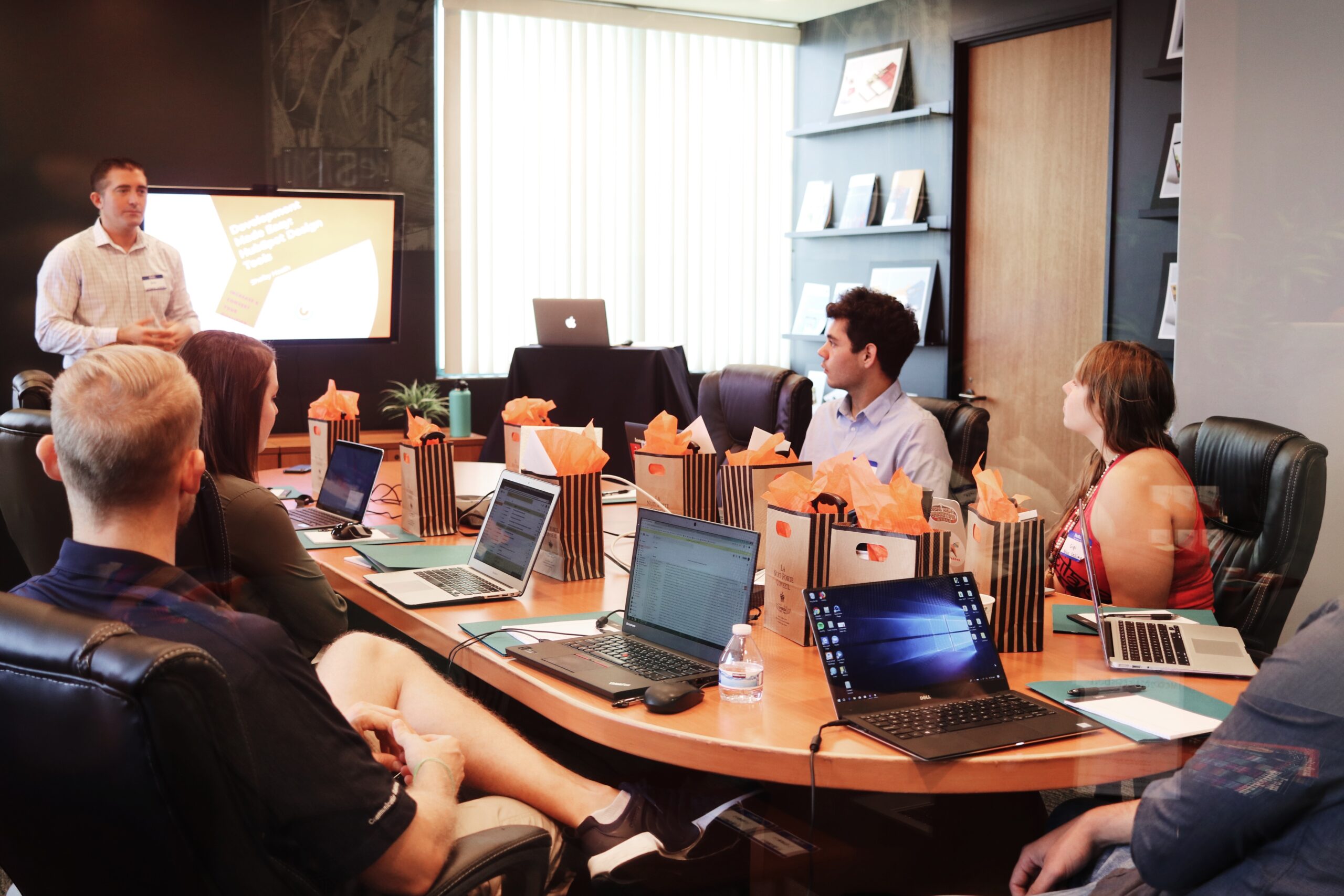Effective Leadership
Transforming Thoughts and Building a Strong Team for Effective Leadership
I’ve always believed that authentic leadership begins with the power of our thoughts. It’s the way we think that shapes our actions and ultimately determines our success as leaders. But transforming our thoughts into tangible results requires more than individual brilliance; it requires a solid team to amplify our efforts.
In this article, I’ll share practical strategies for unleashing the potential of team building and techniques to turn our thoughts into action. Get ready to discover a whole new level of effective leadership.
Recognizing the Power of Thoughts
I recognize the power of my thoughts and their influence on transforming my leadership abilities and building a solid team. Harnessing creativity and fostering innovation are critical aspects of effective leadership.
By cultivating a mindset that embraces new ideas and encourages out-of-the-box thinking, I can unlock the full potential of my team. Creativity is not limited to traditional artistic endeavors; it can be applied to problem-solving, decision-making, and even team collaboration.
Encouraging my team members to think creatively allows fresh perspectives and innovative solutions. As a leader, I am responsible for creating an environment that supports and nurtures creativity. This can be done by providing opportunities for brainstorming, allowing for experimentation, and valuing diverse perspectives.
Unleashing the Potential of Team Building
To maximize our team’s potential, we must foster a collaborative environment encouraging open communication and trust. Fostering collaboration is essential for promoting synergy among team members. Individuals working together towards a common goal can combine their unique skills and perspectives to achieve more significant outcomes.
Collaboration allows for sharing ideas, knowledge, and expertise, leading to innovative solutions and improved decision-making. Creating a safe space where team members feel comfortable expressing their thoughts and opinions is essential to foster cooperation. Encouraging open communication means actively listening to each other, respecting different viewpoints, and valuing diverse perspectives.
Trust is also crucial in promoting collaboration, as it establishes a foundation of mutual respect and confidence in each other’s abilities. By fostering cooperation and promoting synergy, we can unlock our team’s full potential and achieve tremendous success.
Strategies for Transforming Thoughts Into Action
By implementing practical strategies, I can turn my ideas into tangible actions and make progress toward achieving my goals. Harnessing creativity and maximizing productivity are critical elements in this process.
I find inspiration in various sources, such as books, art, and nature, to harness my creativity. I also create a conducive environment for brainstorming and idea generation. This includes eliminating distractions and setting aside dedicated time for creative thinking.
To maximize productivity, I prioritize tasks, set clear goals, and break them down into smaller, manageable steps. I also utilize effective time management techniques and technology to streamline my workflow.
Nurturing Effective Leadership Through Teamwork
Utilizing teamwork and collaboration, we can foster an environment that cultivates strong leadership skills and ensures the success of our collective goals. Collaborative decision-making and effective communication are essential components in nurturing effective leadership within a team.
When we involve our team members in decision-making, we tap into their diverse perspectives and expertise. This leads to better decisions and empowers each individual to take ownership of their role in the team’s success. By actively listening to and valuing everyone’s input, we create an inclusive environment where everyone feels heard and respected.
Effective communication is critical to building a solid team and achieving our goals. Transparent and open communication channels allow for exchanging ideas, feedback, and information, fostering trust and collaboration. Regular team meetings, one-on-one check-ins, and transparent communication platforms help ensure everyone is on the same page and working towards the same objectives.
Harnessing the Strength of Collective Thinking
When harnessing the strength of collective thinking, I actively encourage open dialogue and collaboration among team members. I believe collective intelligence is a powerful tool that can lead to better decision-making and more innovative solutions.
By fostering an environment where everyone feels comfortable sharing their ideas and opinions, we can tap into our team’s diverse perspectives and expertise. Collaborative decision-making allows us to leverage the group’s collective intelligence, ensuring that all voices are heard and valued.
It also promotes a sense of ownership and commitment, as everyone has had a hand in shaping the outcome. By harnessing the strength of collective thinking, we can unlock the full potential of our team and achieve tremendous success together.
Building a Cohesive Team for Effective Leadership
After harnessing the strength of collective thinking, it’s time to focus on building a cohesive team for effective leadership. Developing synergy and fostering collaboration within your team is key to achieving success. Here are three strategies to help you build a solid and united team:
Encourage open communication:
- Create a safe and non-judgmental environment for team members to express their ideas and opinions.
- Foster active listening and encourage everyone to contribute to discussions.
- Regularly hold team meetings and brainstorming sessions to promote collaboration and idea sharing.
Establish clear goals and roles:
- Clearly define the team’s objectives and individual parts within the group.
- Ensure that each team member understands their responsibilities and how their contributions align with the team’s goals.
- Regularly revisit and reassess these goals to ensure everyone is on the same page.
Promote teamwork and trust:
- Encourage team members to work together and support each other’s efforts.
- Foster a sense of trust and respect among team members by recognizing and valuing their contributions.
- Encourage collaboration and cooperation by assigning team projects and tasks that require joint effort.
Empowering Leaders to Drive Transformational Change
You can empower yourself as a leader by driving transformational change within your organization. Cultivating innovation and fostering collaboration is critical to achieving this goal.
You can inspire my team to think outside the box and find innovative solutions by encouraging a culture that values creativity and new ideas. This involves creating an environment where individuals feel comfortable sharing their thoughts and perspectives and where collaboration is encouraged.
You can foster a sense of ownership and commitment by actively seeking input from team members and involving them in decision-making processes. Additionally, providing opportunities for professional development and growth can empower individuals to take on new challenges and drive transformational change.
As a leader, I am responsible for creating the conditions for success and empowering my team to make a meaningful impact.
Cultivating a Culture of Strong Leadership and Teamwork
By fostering a culture of collaboration and empowerment, I can cultivate strong leadership and teamwork within my organization. When individuals feel supported and valued, they are more likely to contribute their unique skills and ideas to the team. This collaboration leads to improved problem-solving, innovation, and overall effectiveness.
To develop leadership skills and foster collaboration, I believe in the following strategies:
- Encourage open communication and active listening to build trust and understanding among team members.
- Provide opportunities for growth and development, such as mentorship programs or training sessions, to enhance leadership capabilities.
- Foster a sense of ownership and accountability by empowering individuals to make decisions and take ownership of their work.
- Promote a positive and inclusive work environment where diversity and different perspectives are celebrated.
- Recognize and reward individual and team achievements to encourage continued collaboration and growth.







